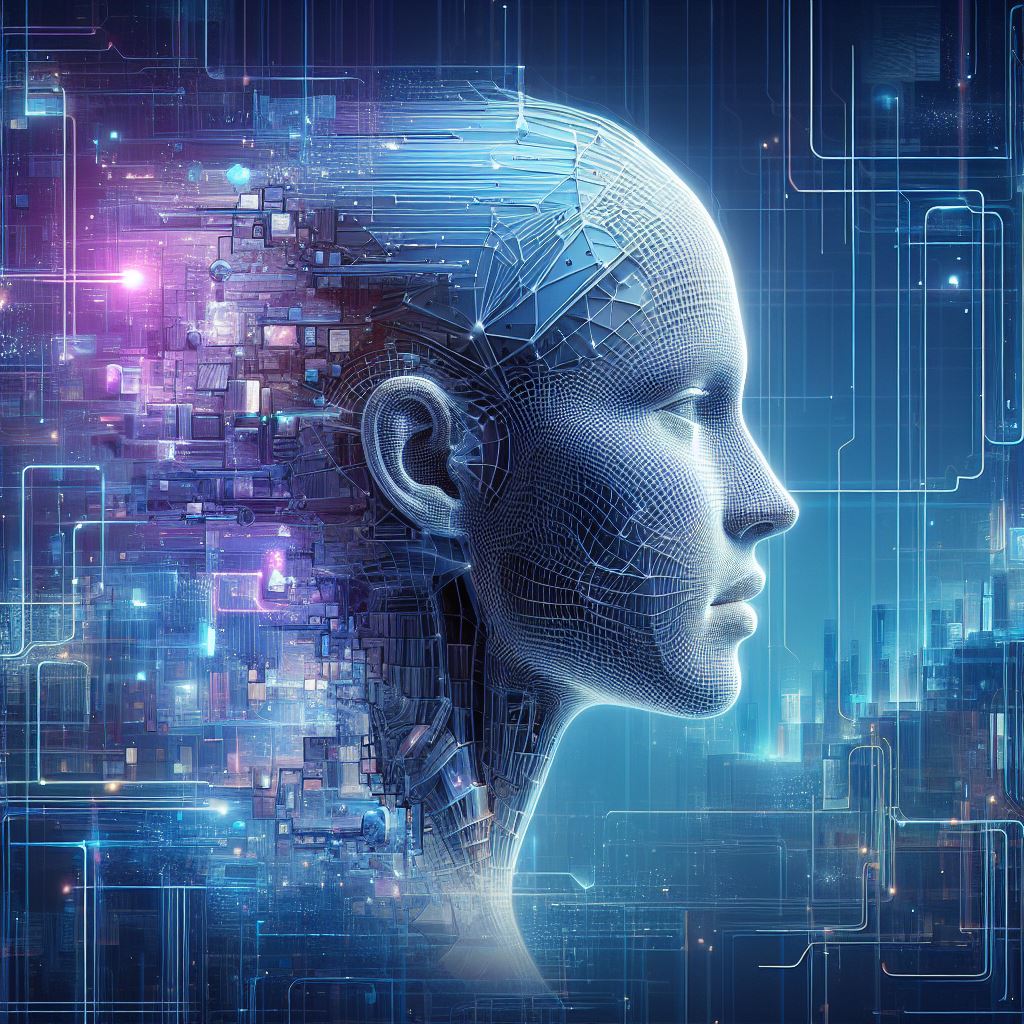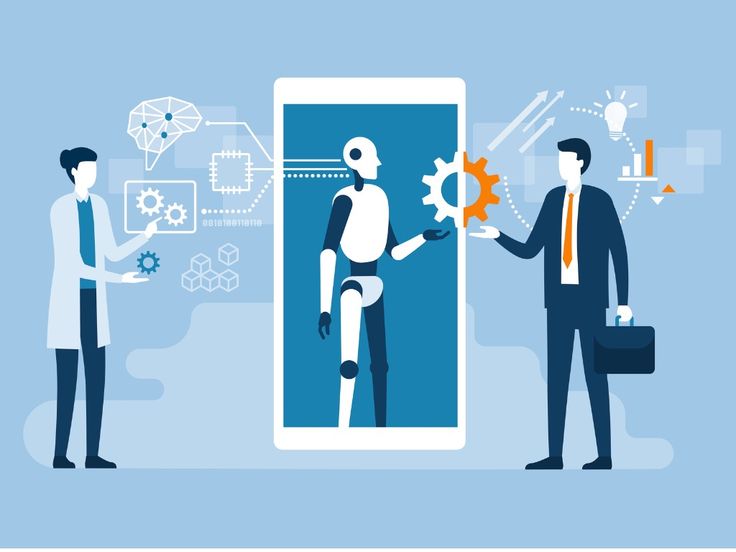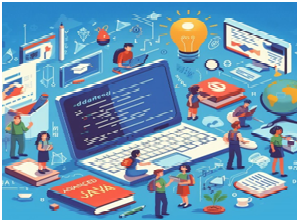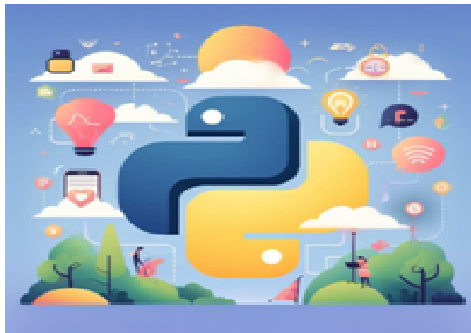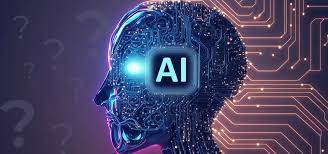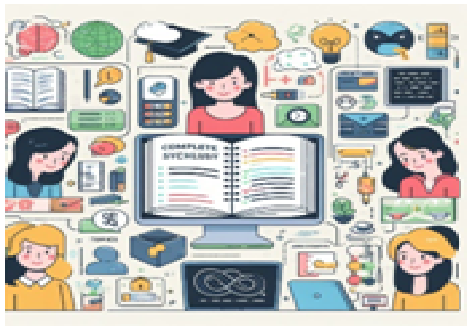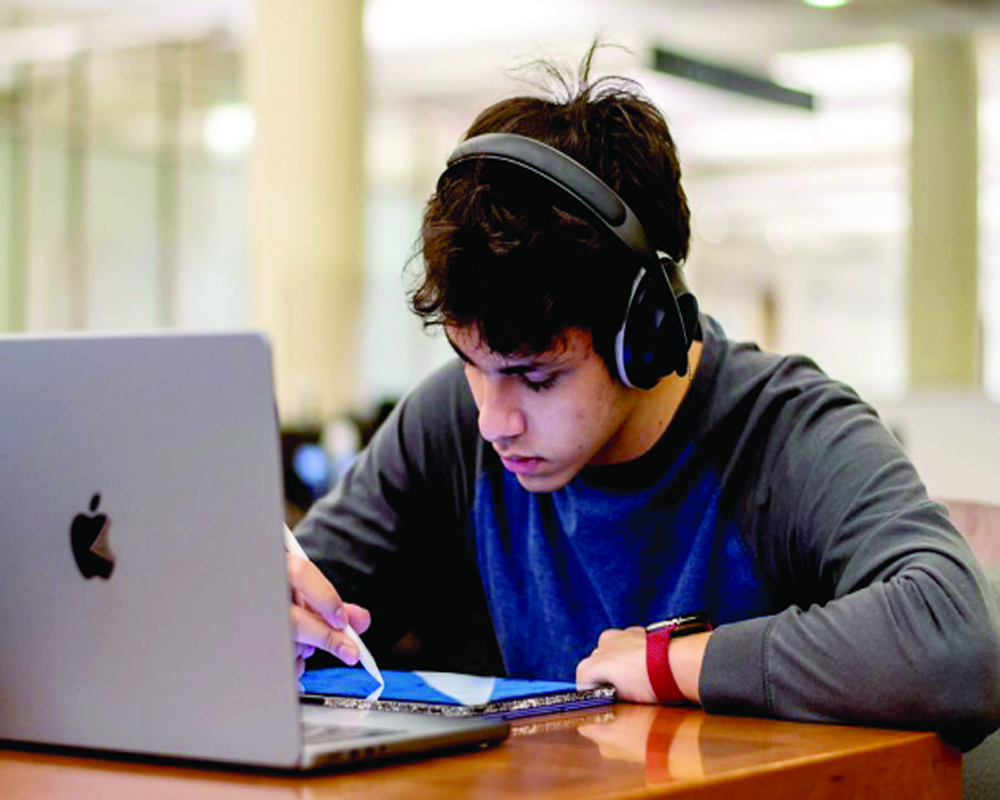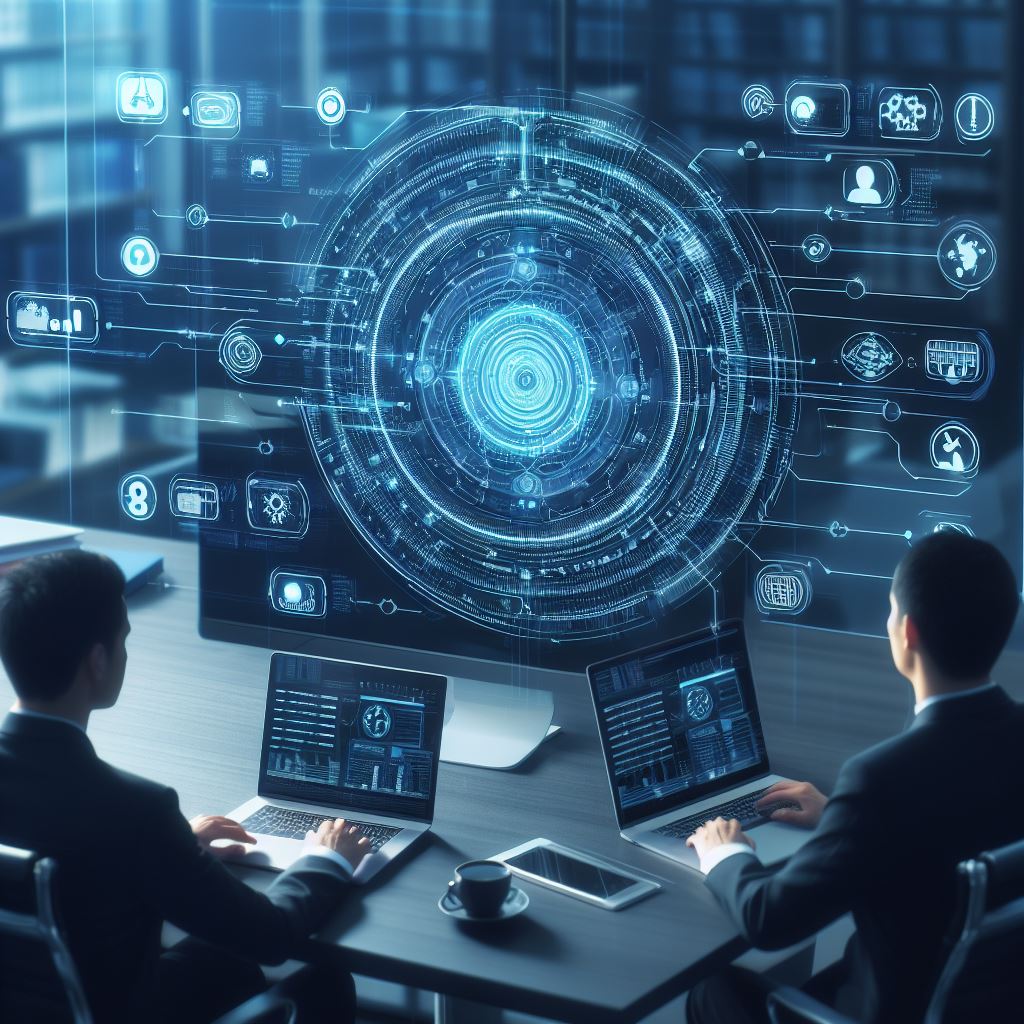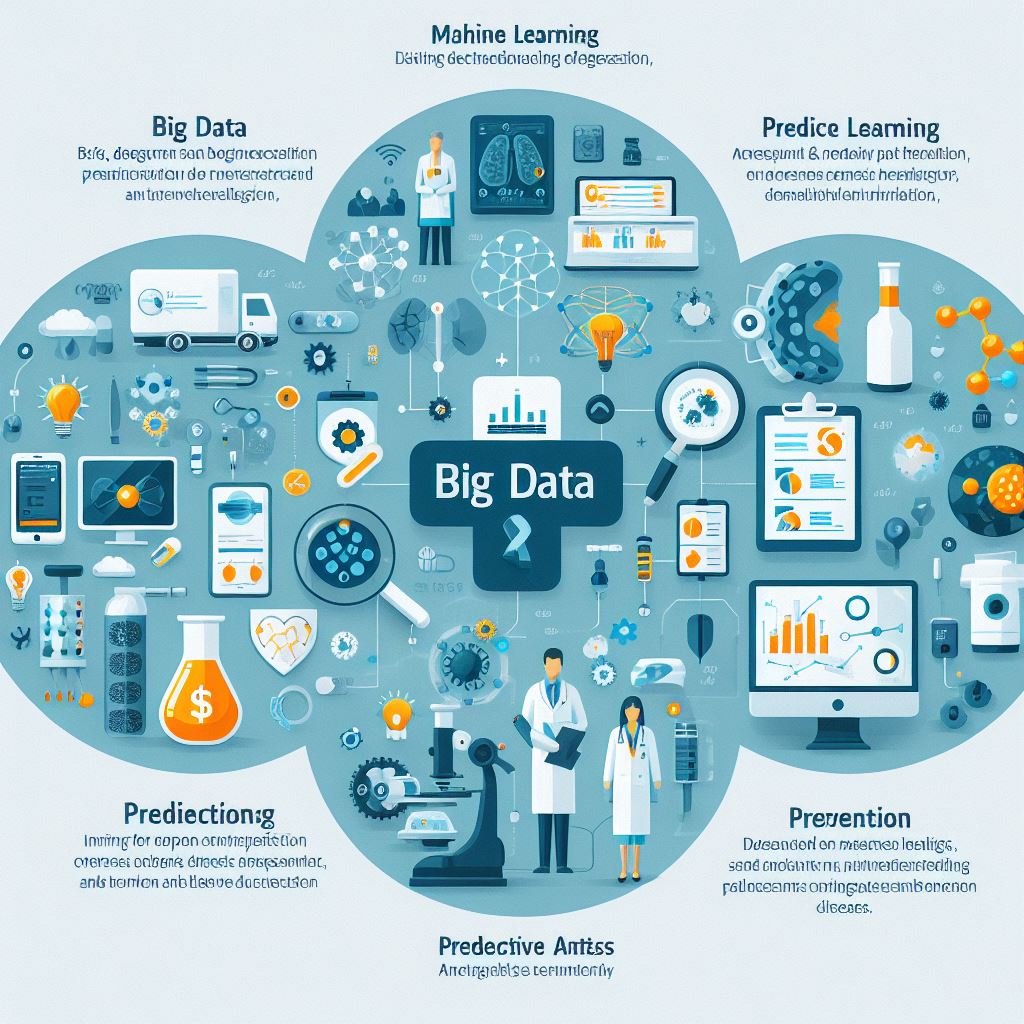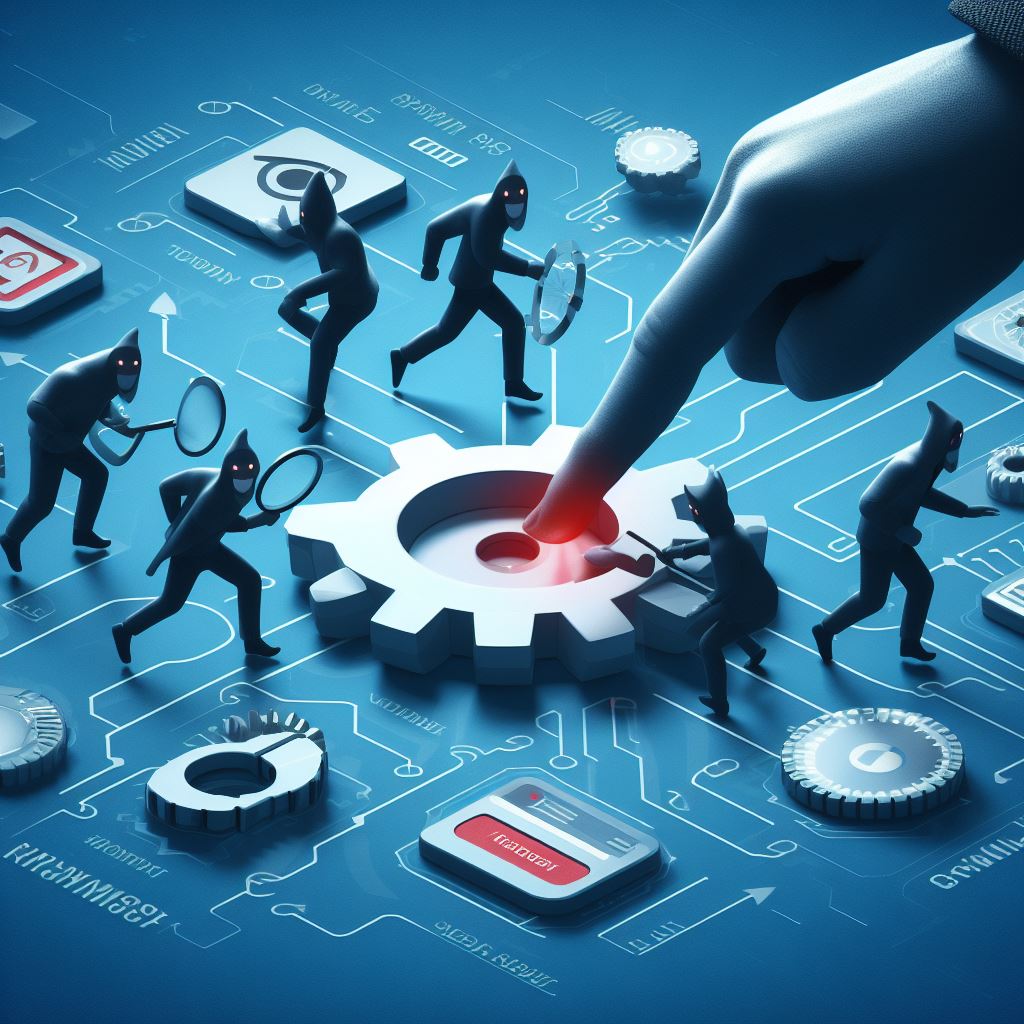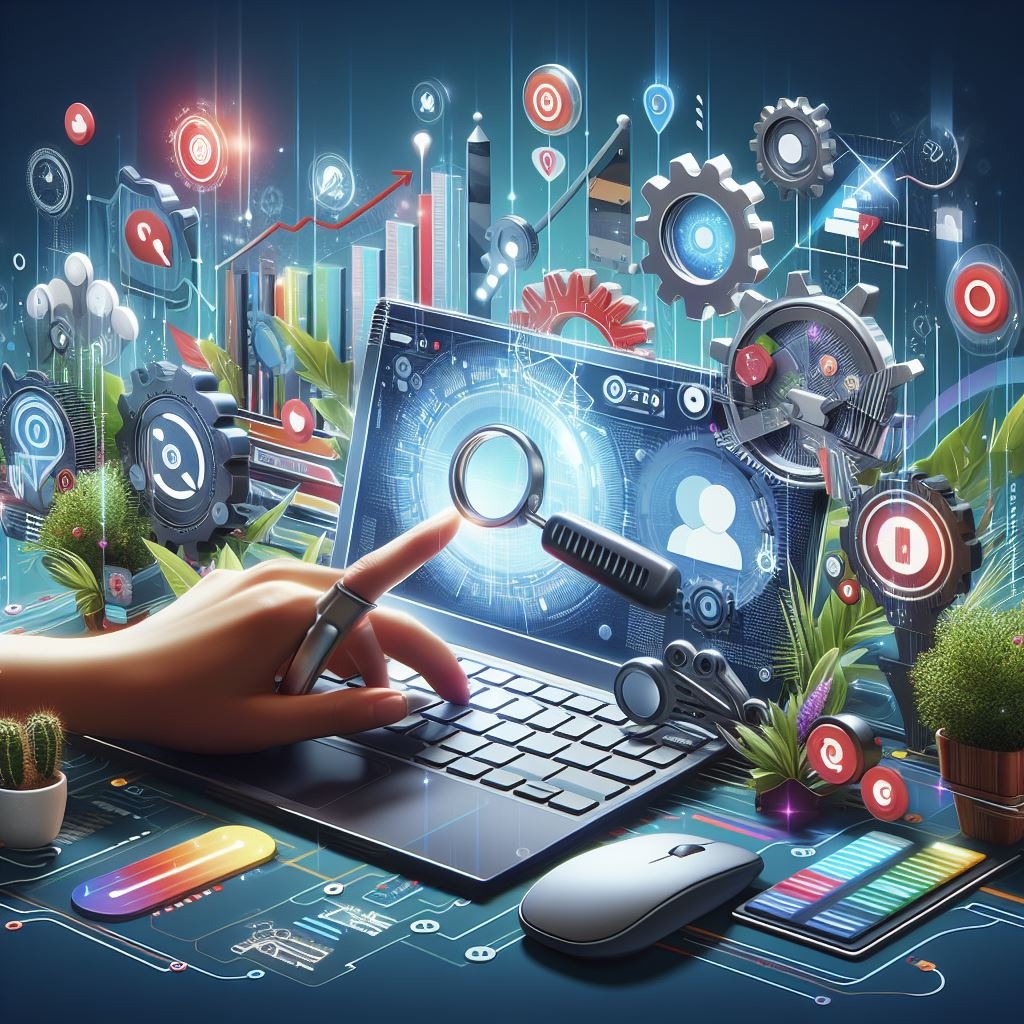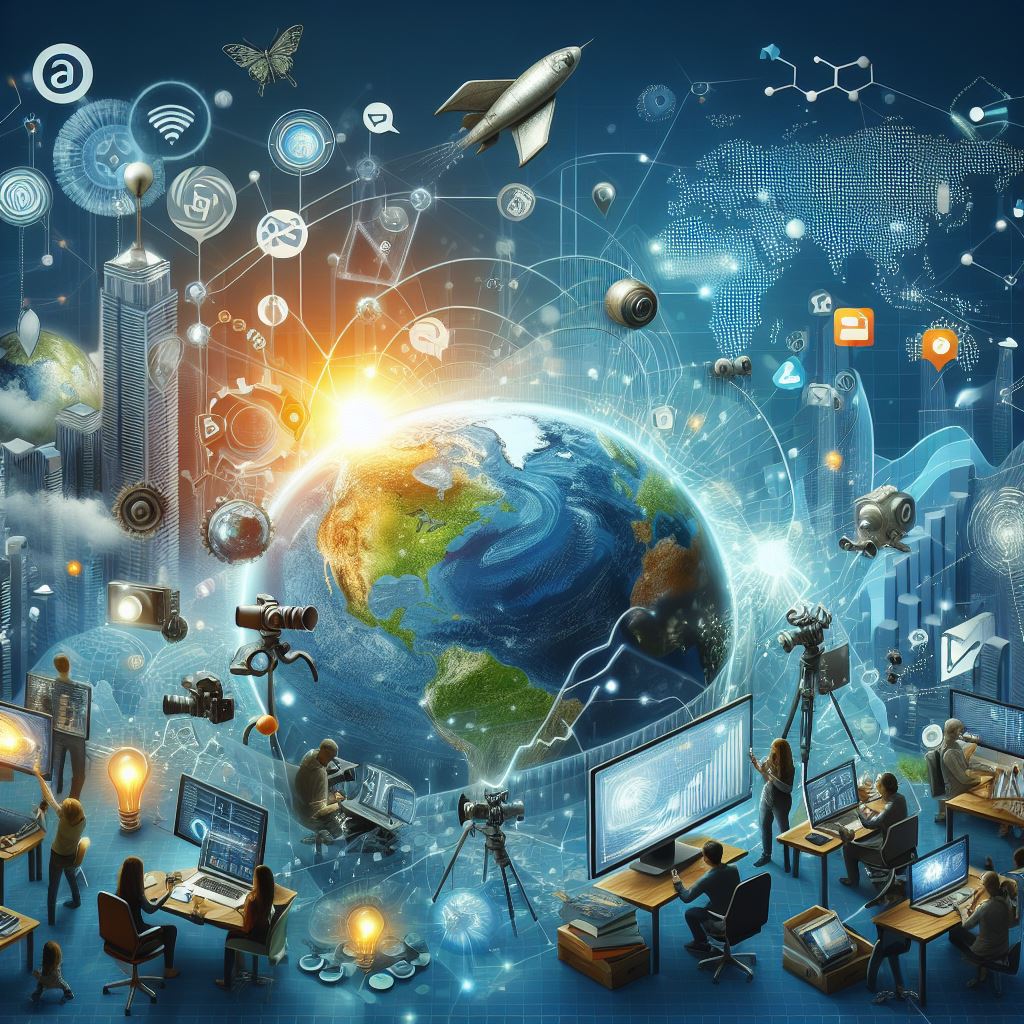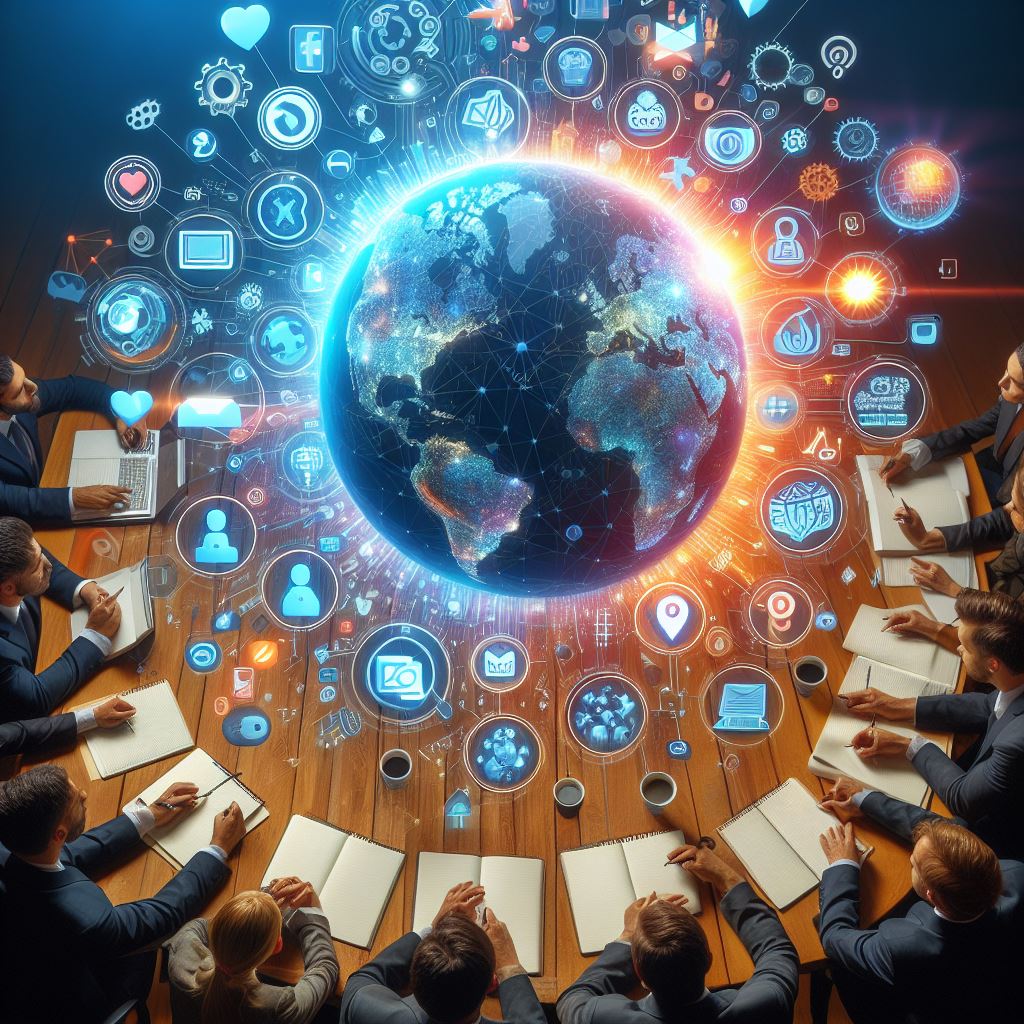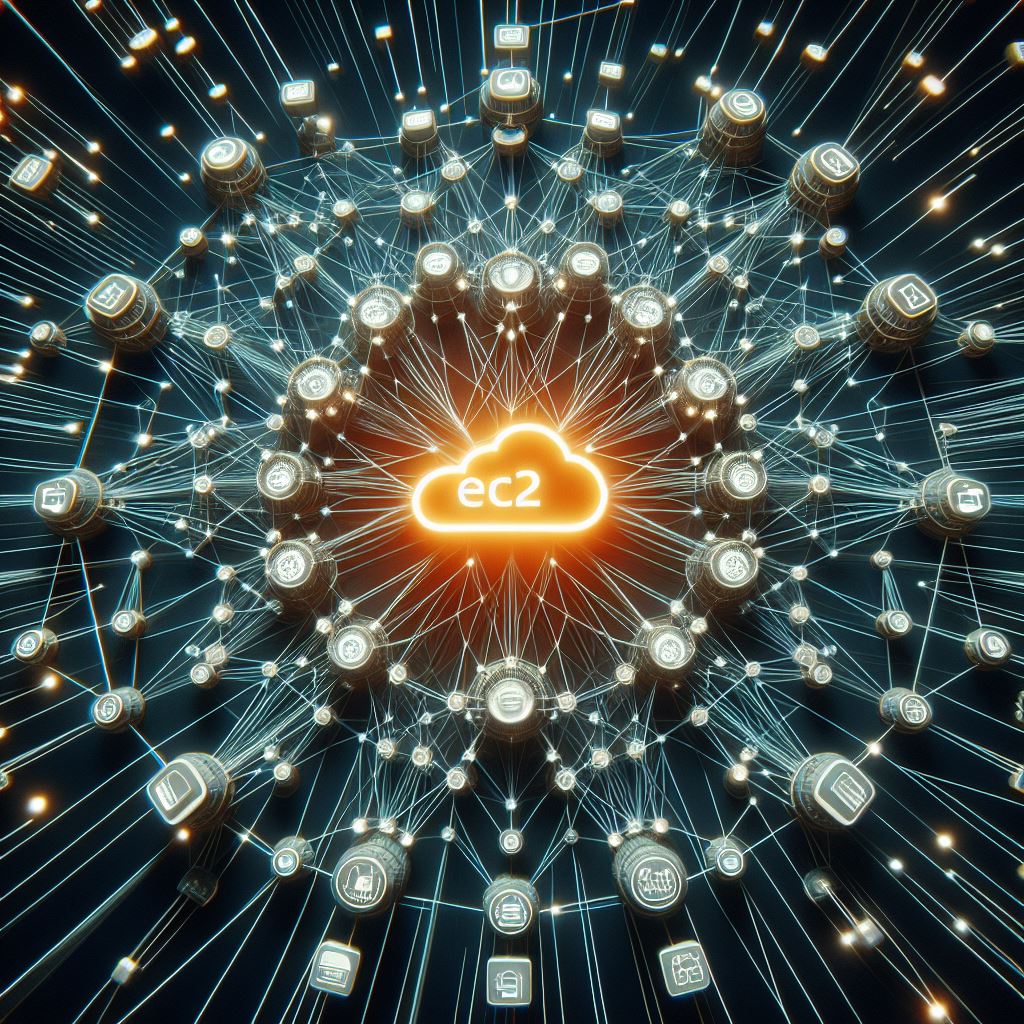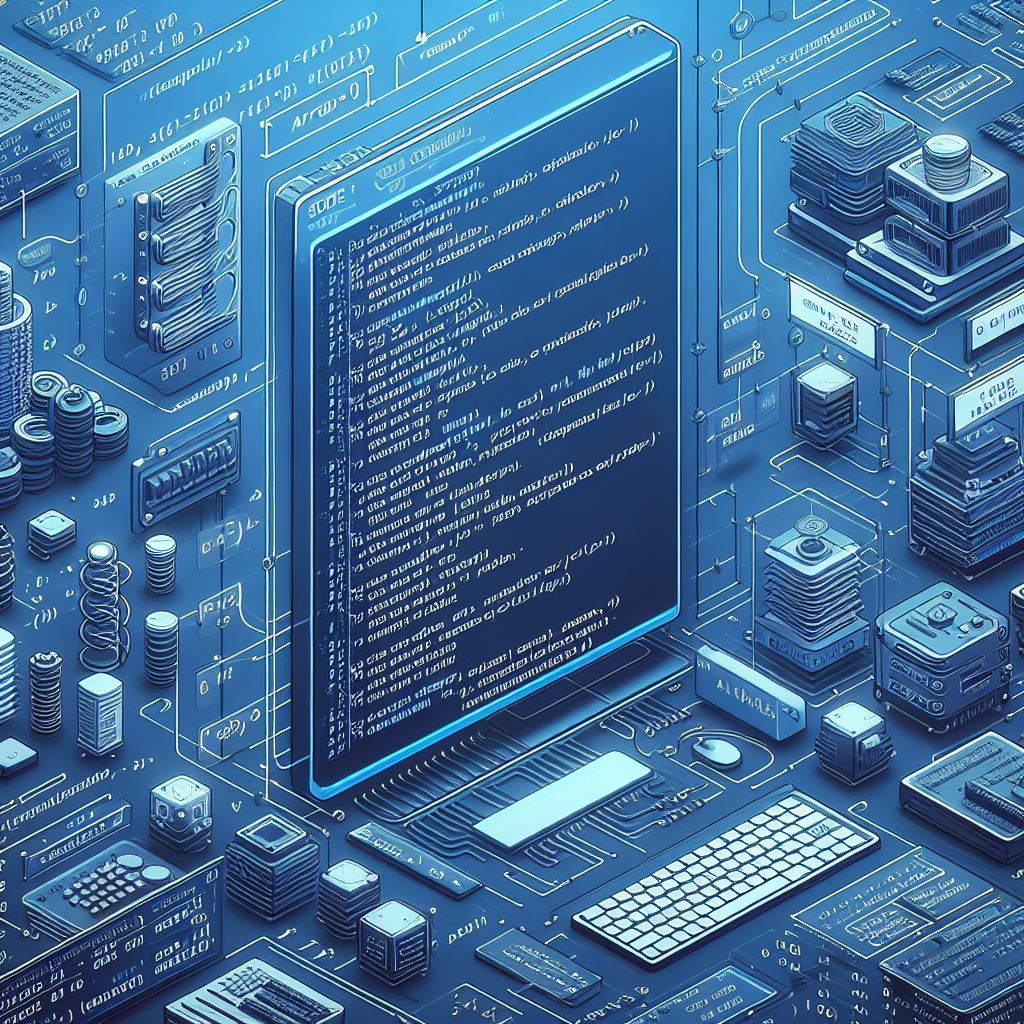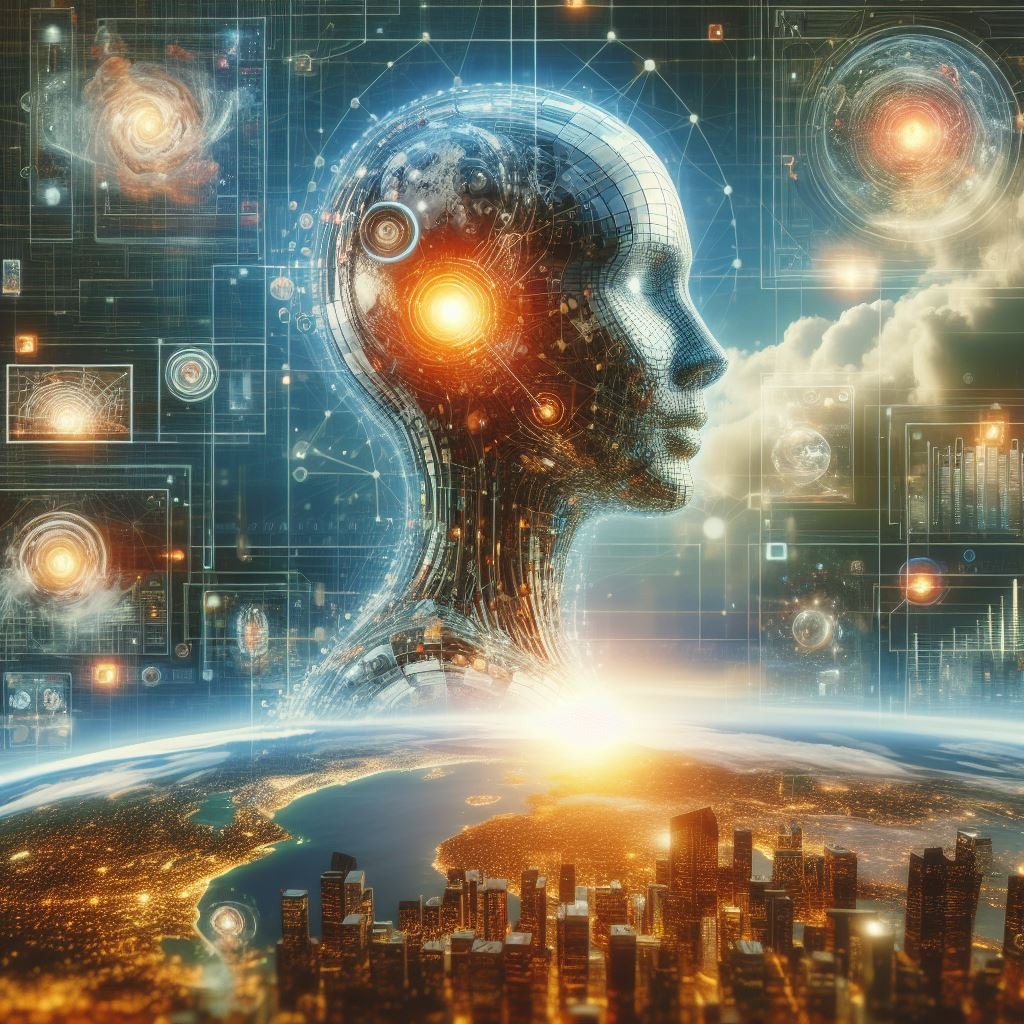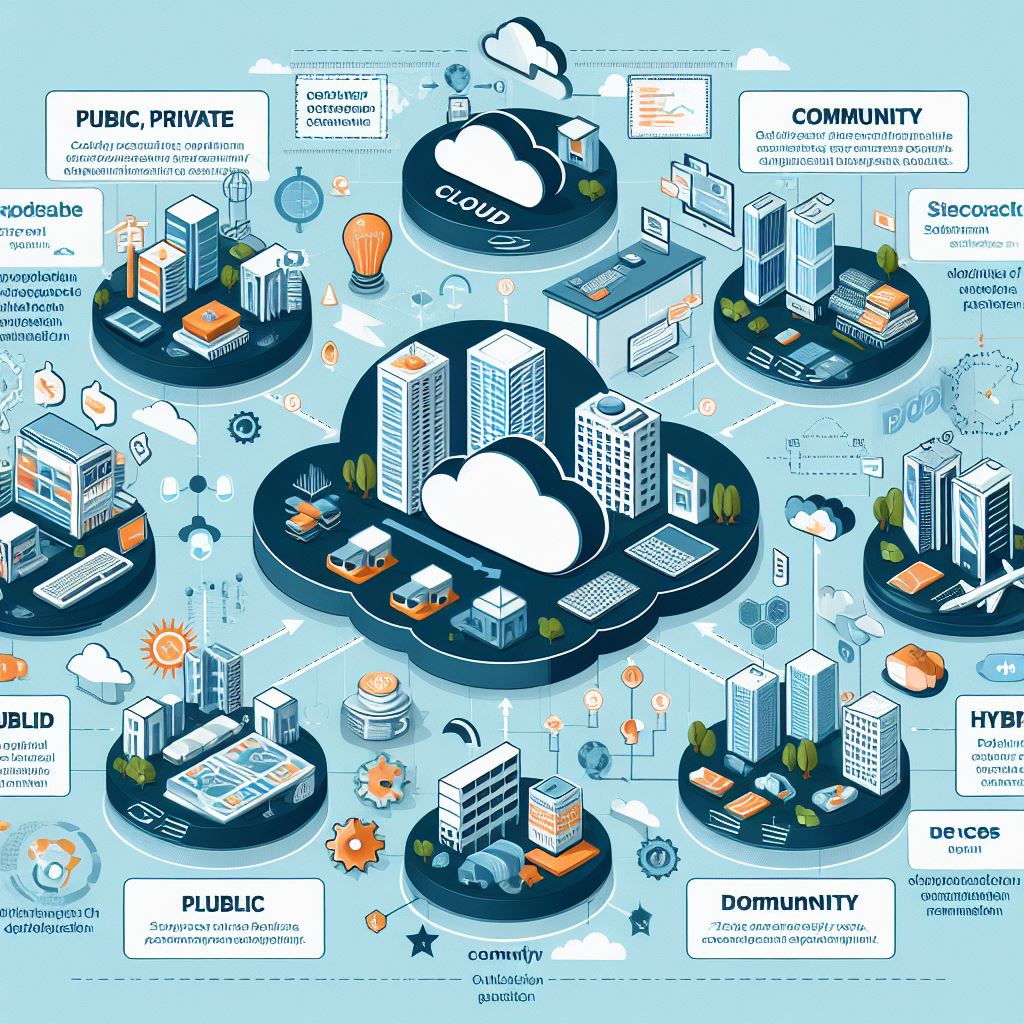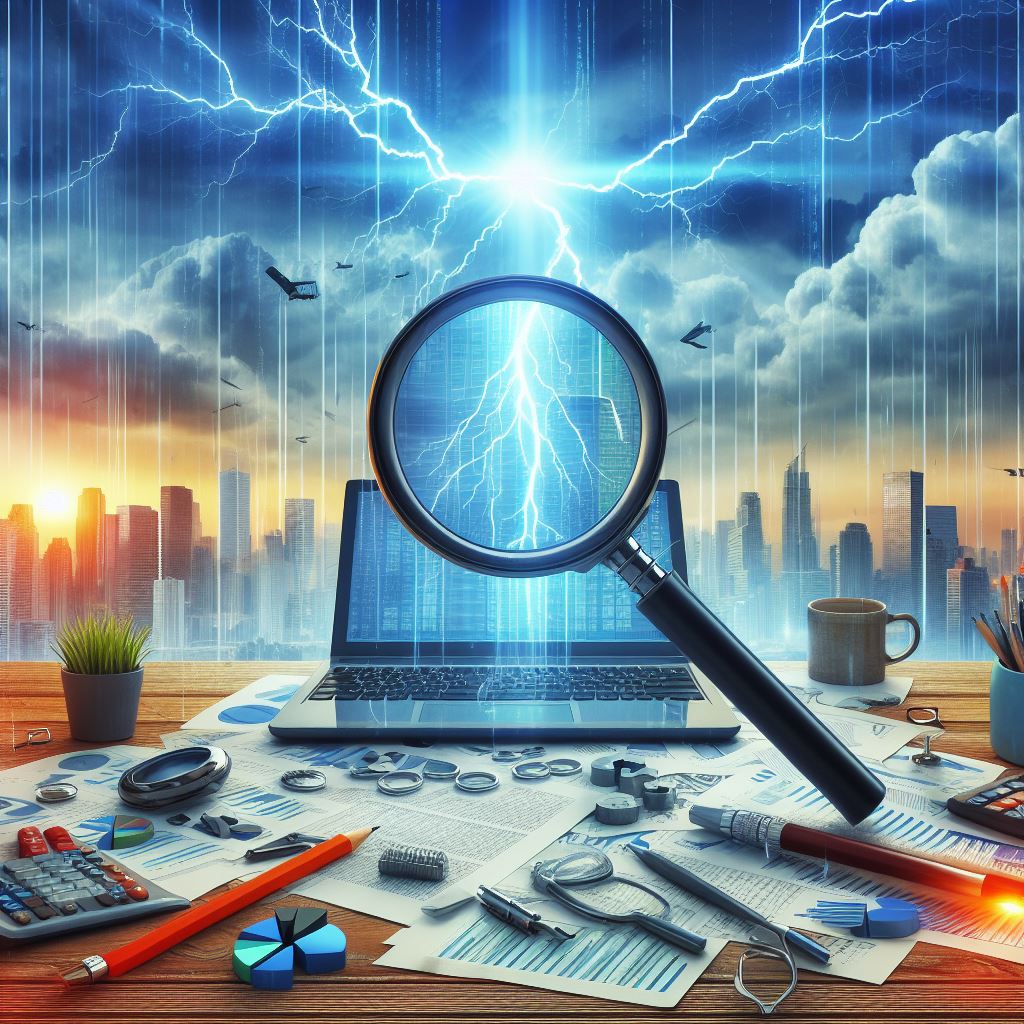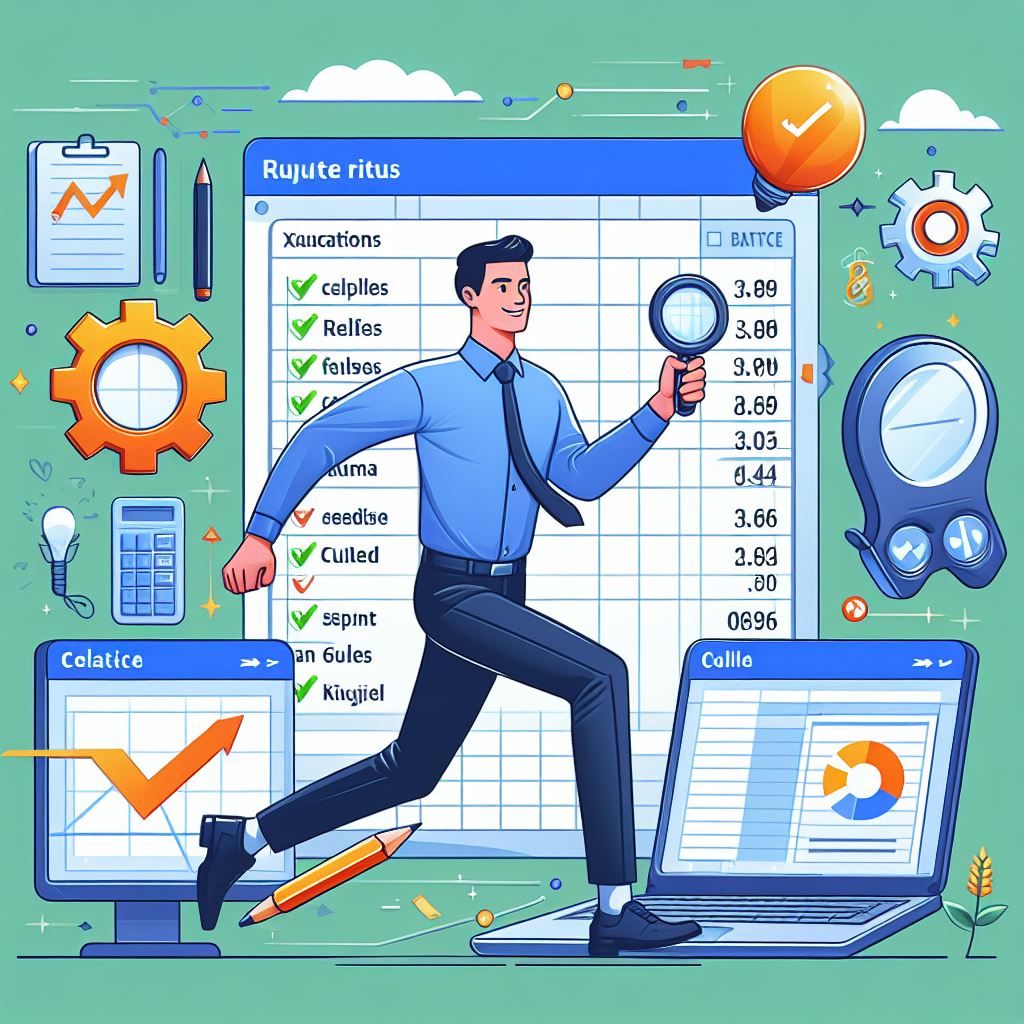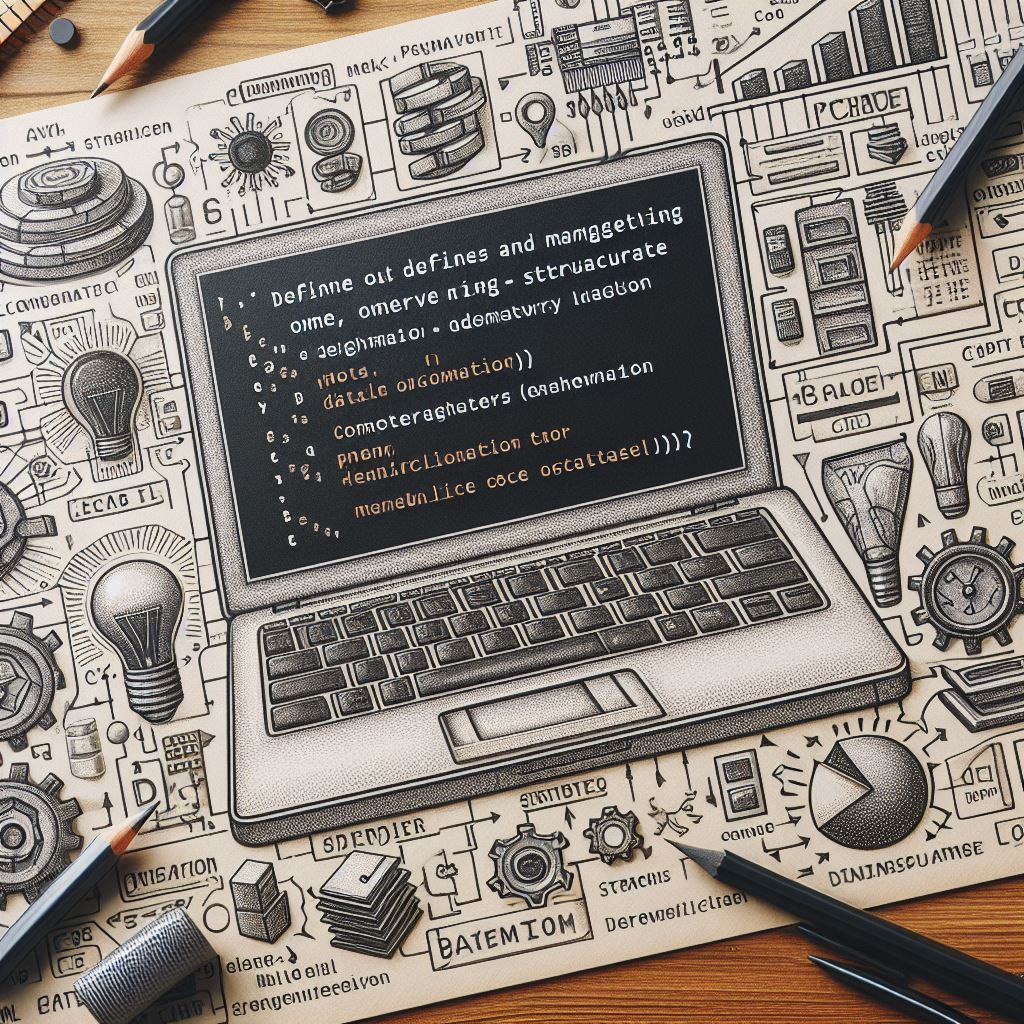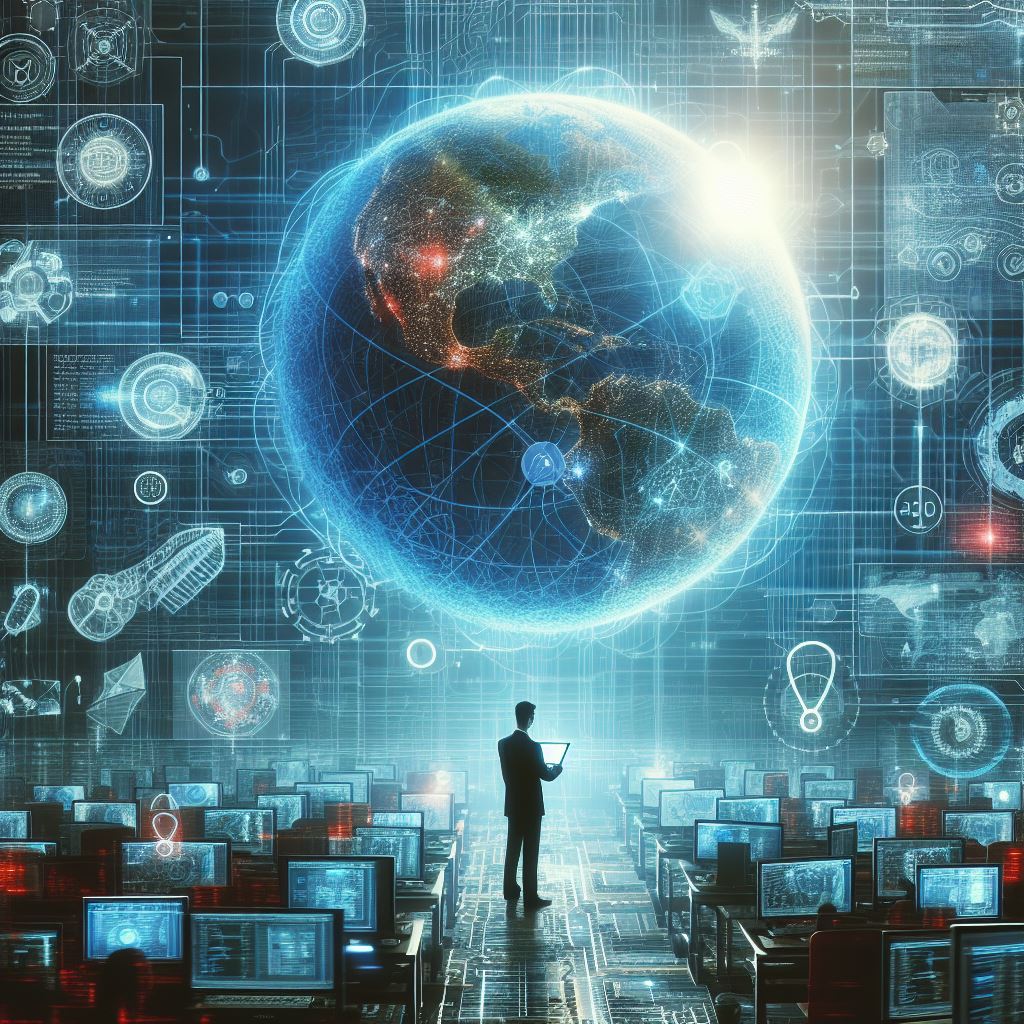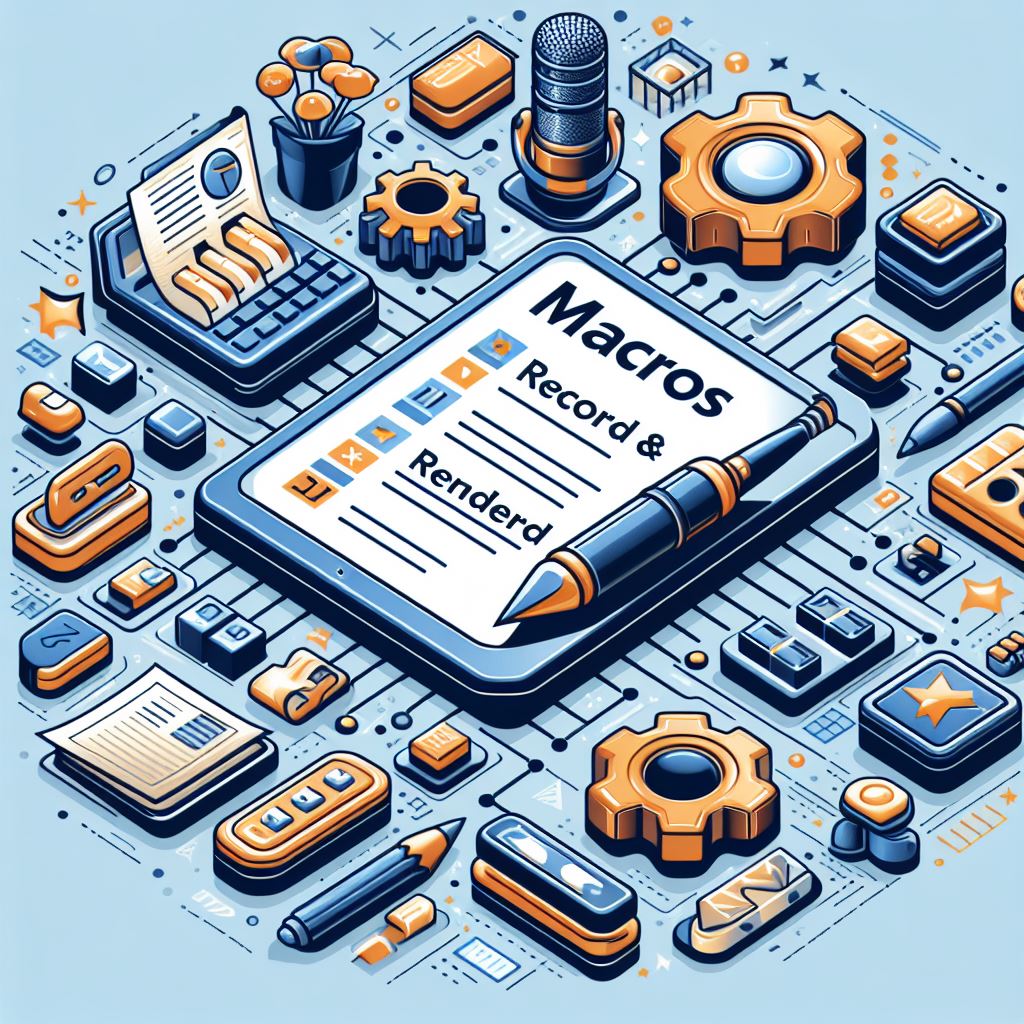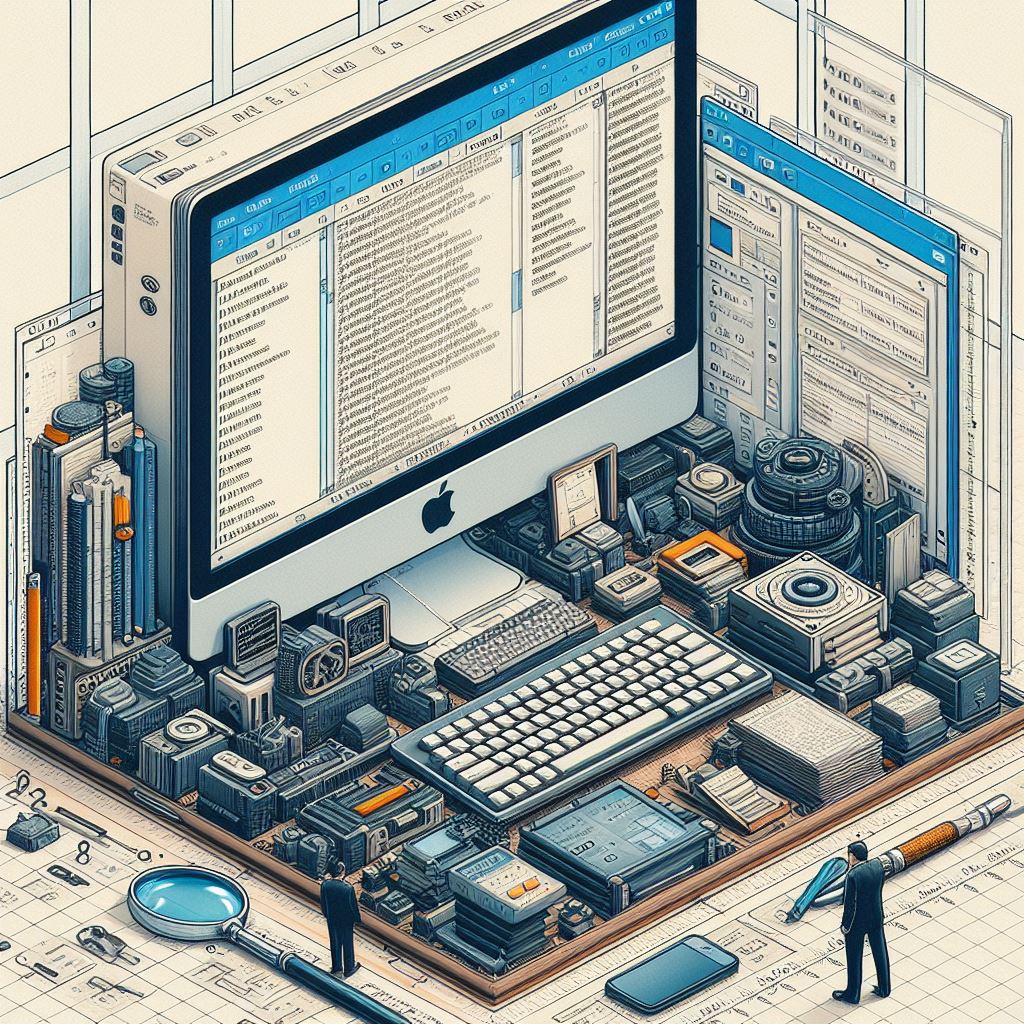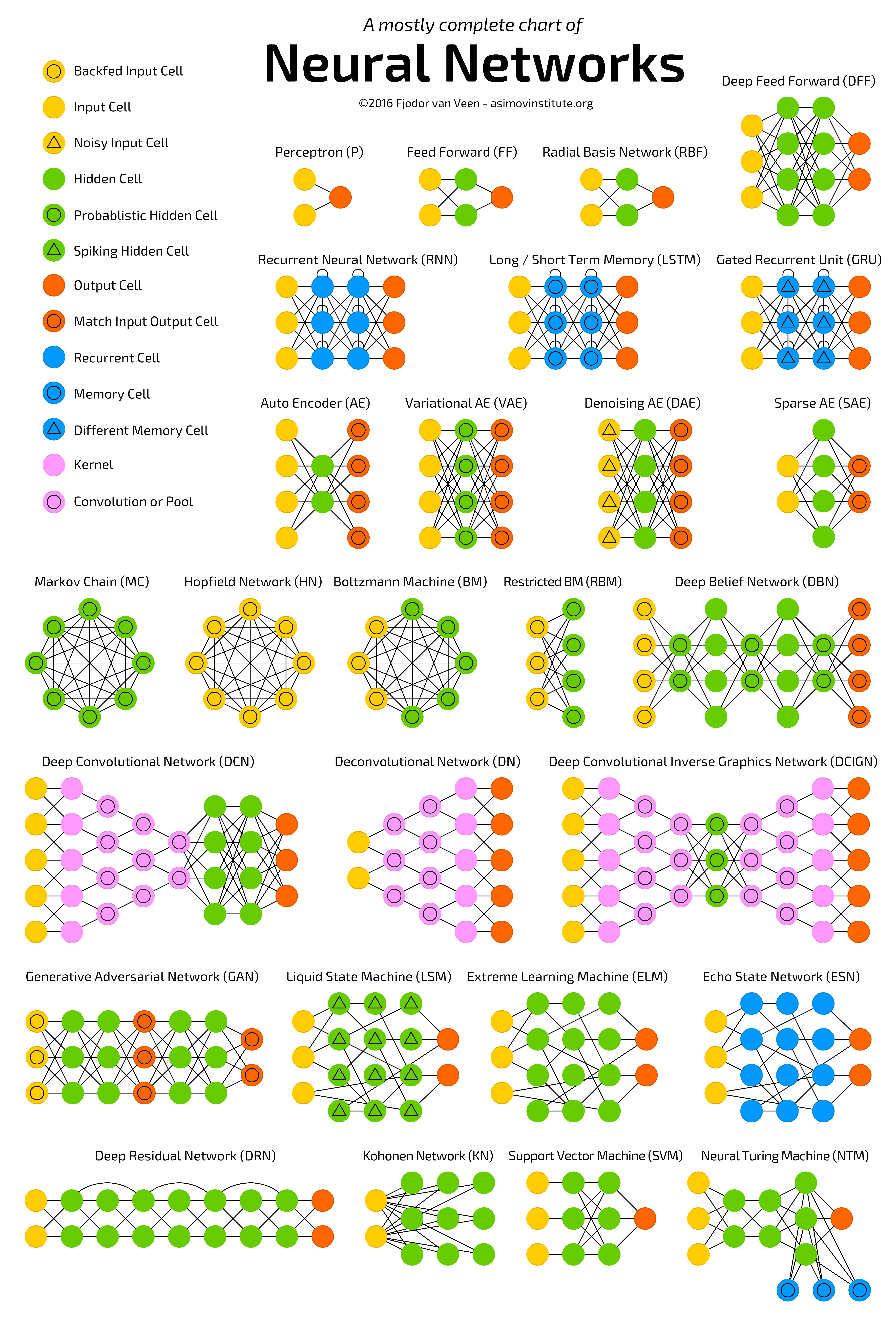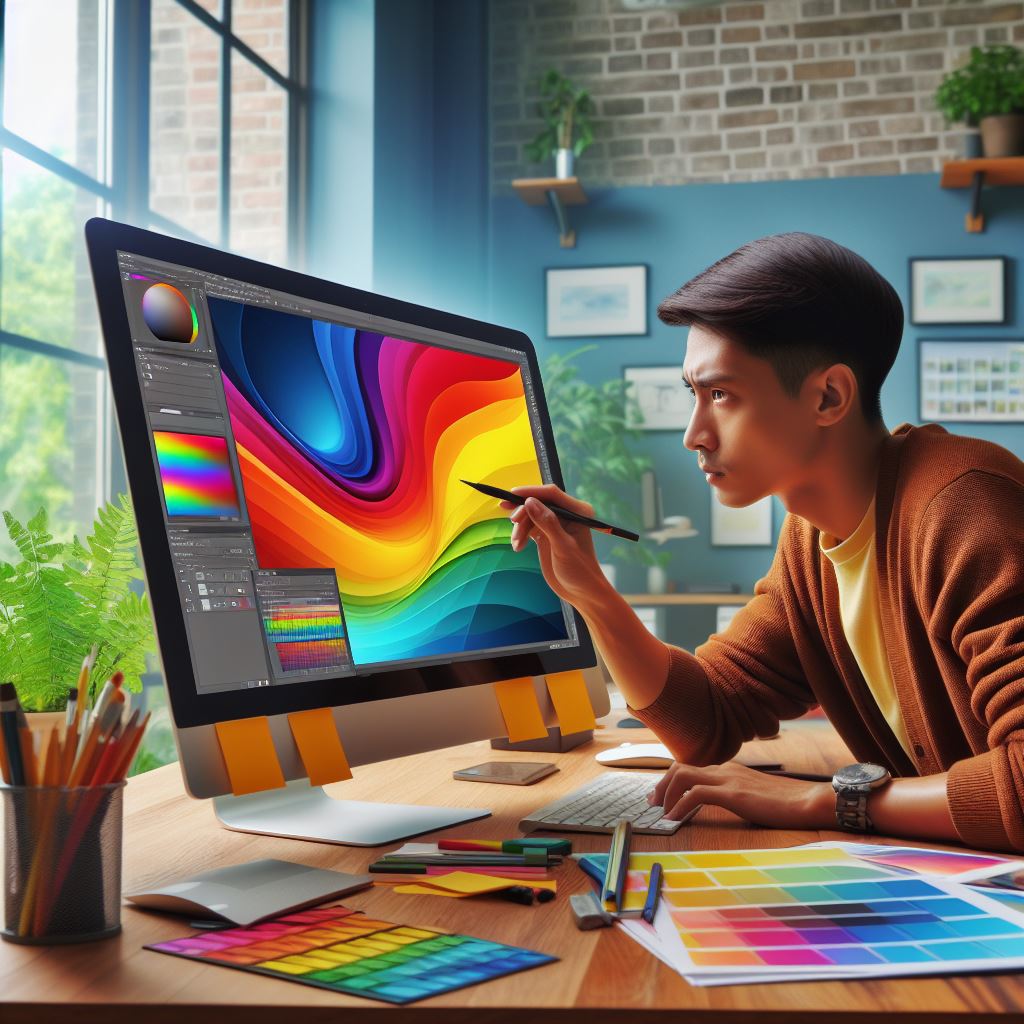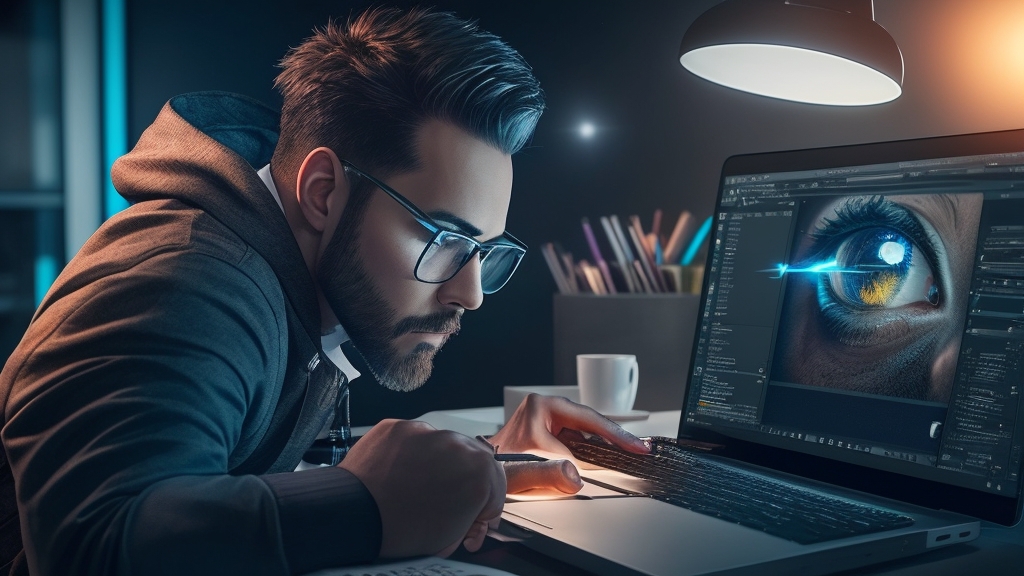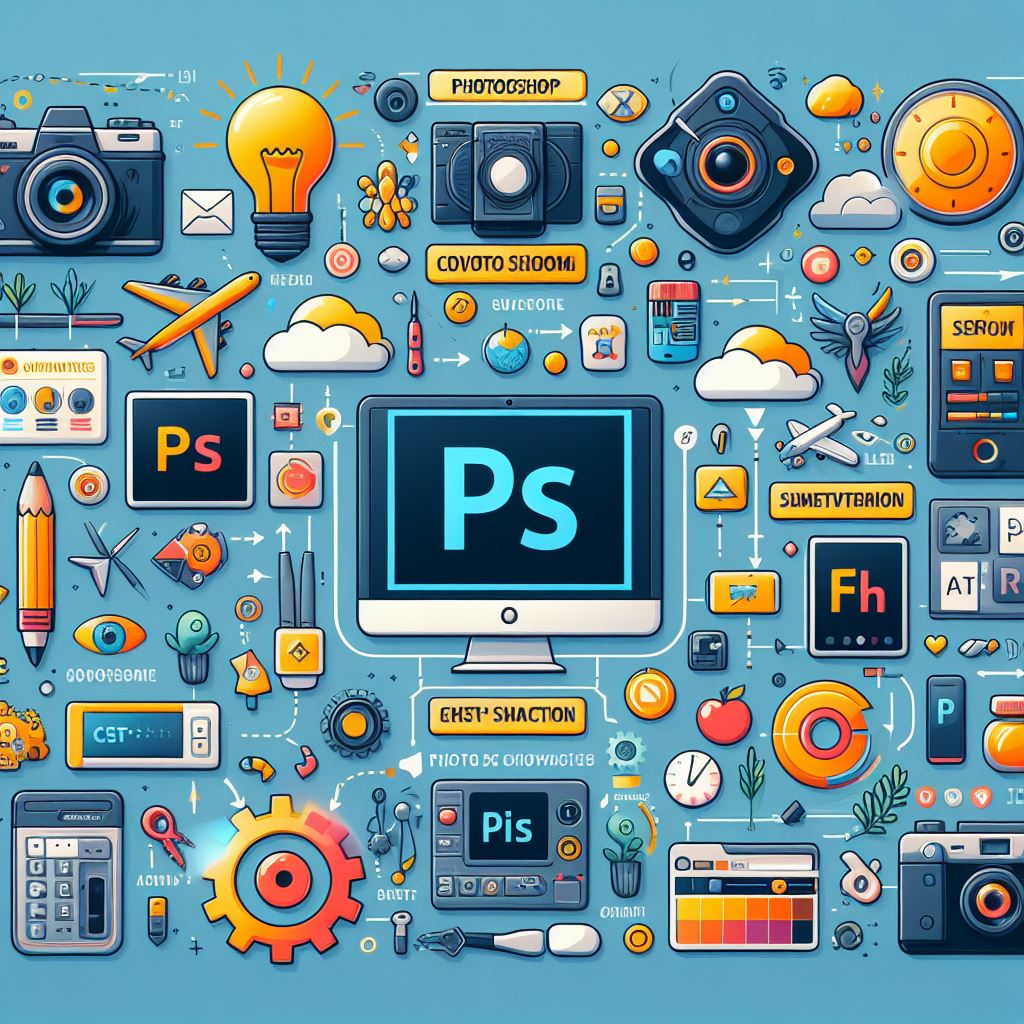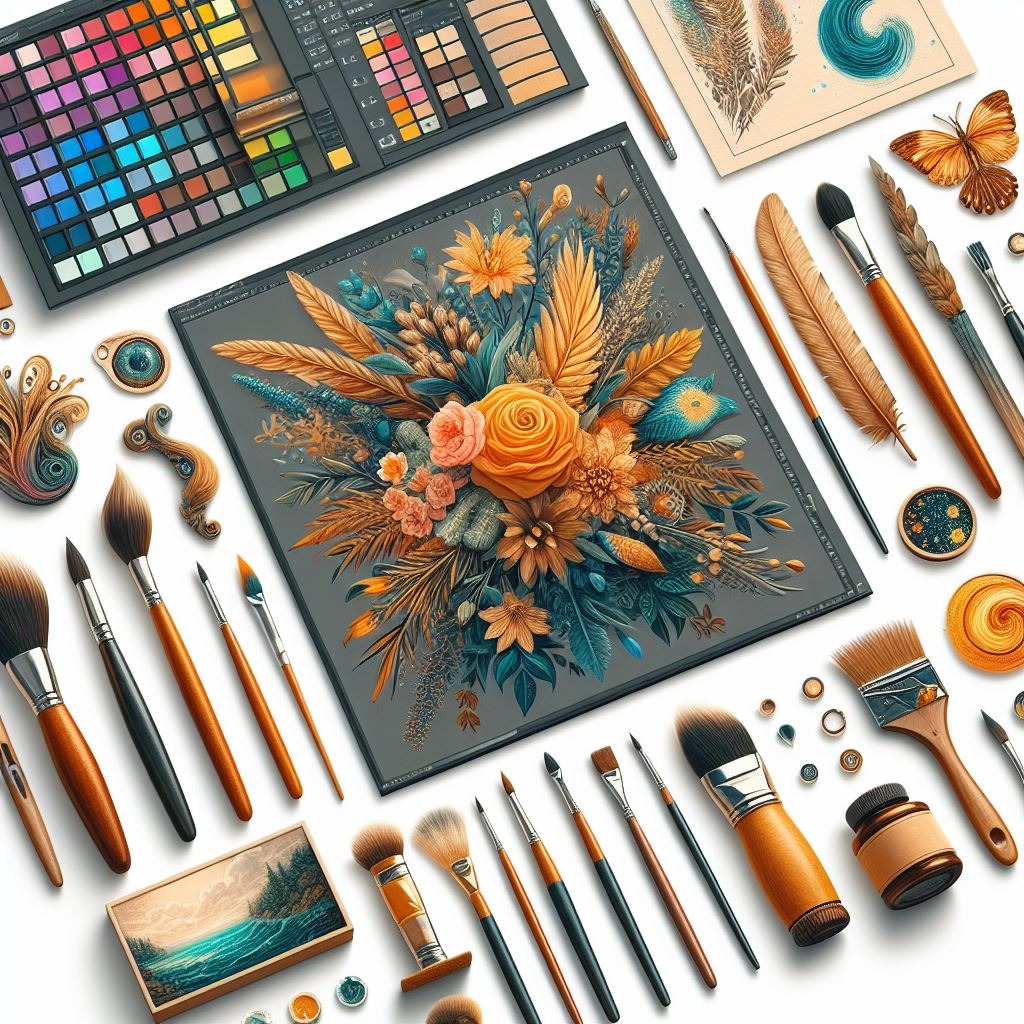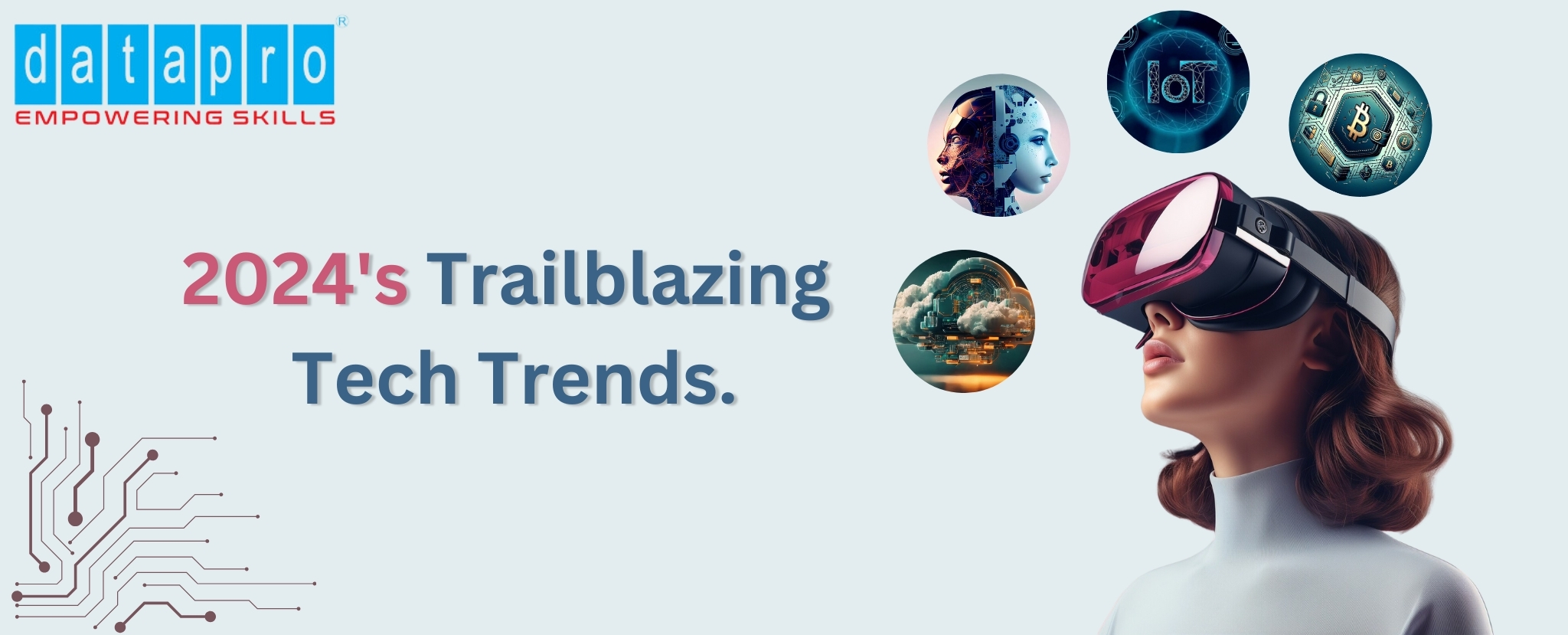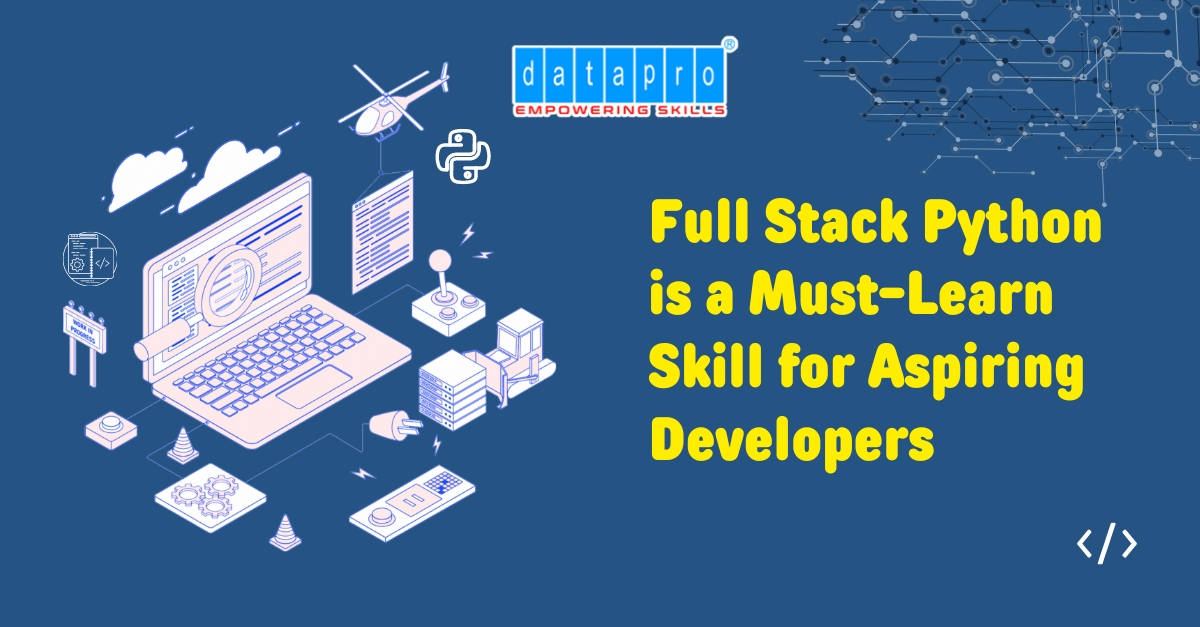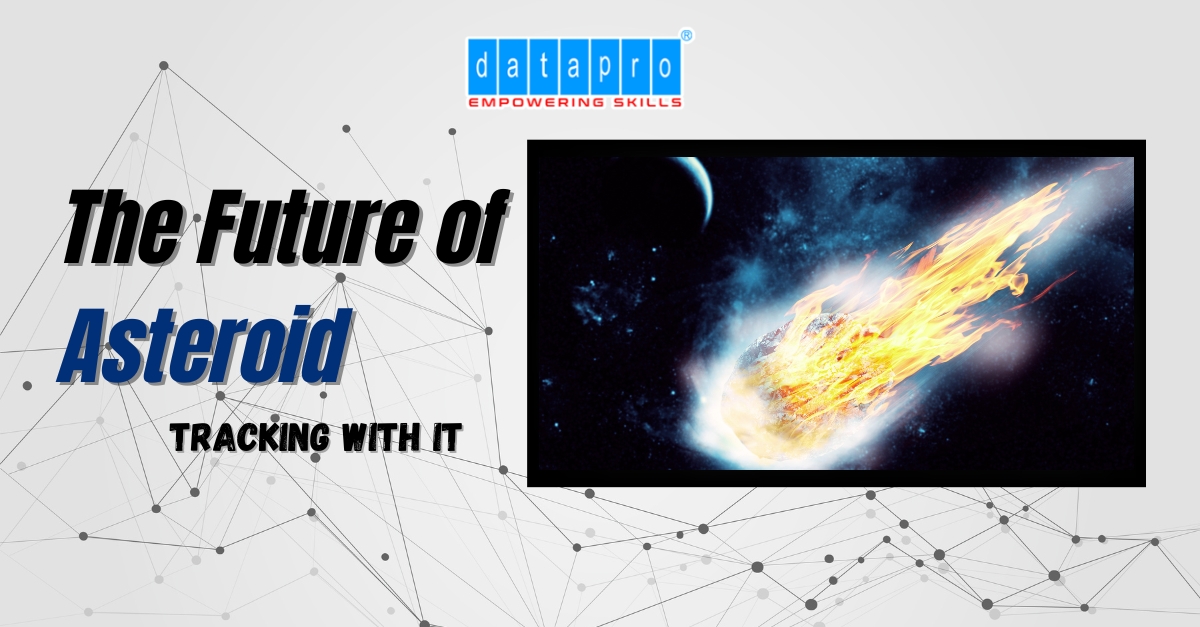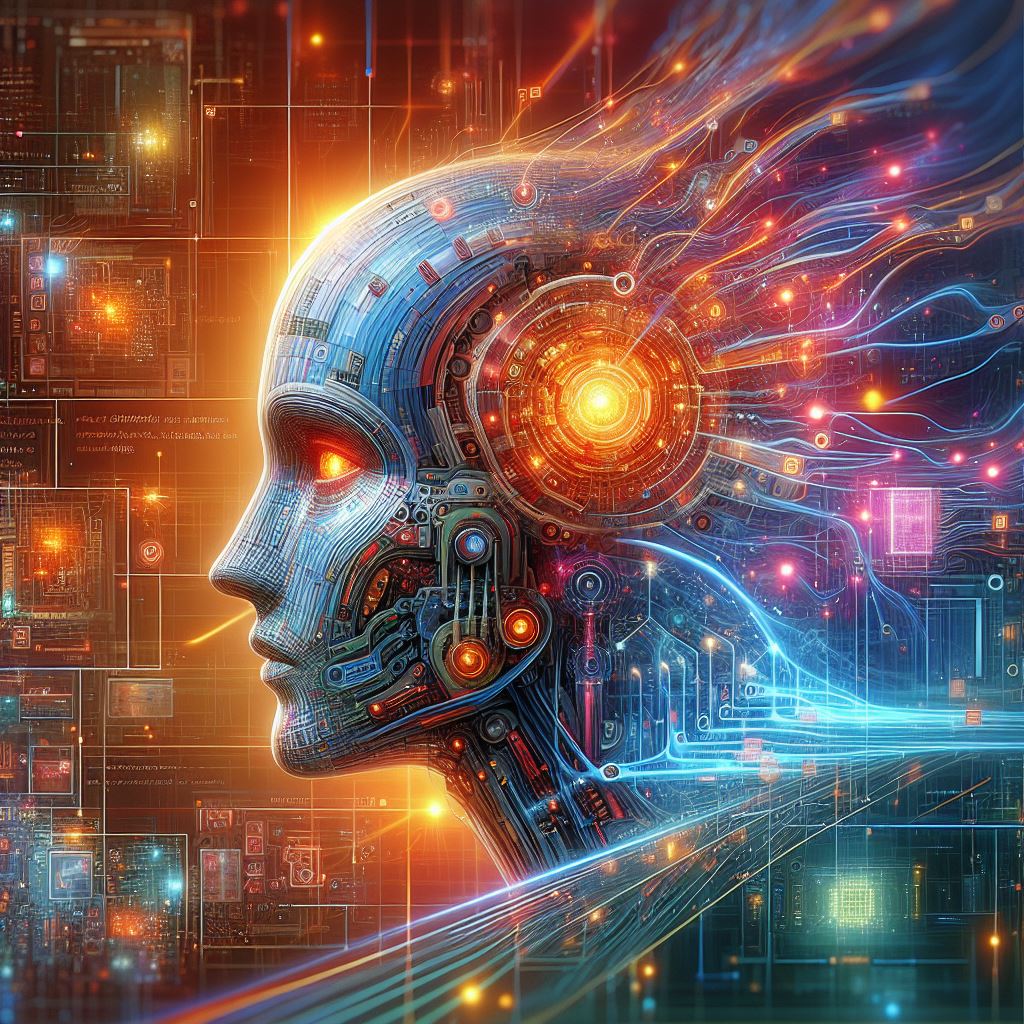
Basic Introduction of GANs AI :
The art world has always been involved in technological advances, constantly evolving and pushing creative boundaries. Technology has played an important role in artistic expression, from perspective in painting during the Renaissance to the use of computer-aided drawing in contemporary architecture. The aim of this blog is to investigate the impact of generative adversarial networks in bridging the gap between art and artificial intelligence art and in the transformation of artistic creativity.
Understanding the Evolution of AI to Generate Art and Technology
Throughout history, AI to generate art has been deeply influenced by technological advancements. In ancient times, the discovery of pigments and tools enabled cave artists to create intricate paintings. With the invention of perspective in the Renaissance, artists gained a new way to depict depth and realism. The Industrial Revolution brought forth new materials and techniques, leading to the birth of modern Artificial Intelligence to generate art movements such as Impressionism and Cubism. In the digital era, the fusion of art and technology has become even more pronounced, with artists embracing digital tools and platforms to create and share their work.
Influence of Technology on Artistic Creation in the Digital Era
The digital era has ushered in a new wave of artistic possibilities, with artists harnessing the power of technology to create innovative and boundary-pushing work. From digital modelling and 3D modelling to interactive installations and virtual reality experiences, technology has expanded the scope of artistic expression. The rapid advancement of technology, particularly in the field of artificial intelligence art, has introduced new avenues for artistic exploration, with generative adversarial networks being at the forefront of this revolution.
Introduction to the Concept of generative adversarial networks (GANs) generative ai
generative adversarial networks, or GANs ai, are a class of machine learning algorithms that have gained significant attention in the artistic community. GANs ai consists of two neural networks: a generator and a discriminator. The generator network generates new data, such as images, music, or ai generate text, based on patterns learned from a training dataset. The discriminator network, on the other hand, distinguishes between the generated data and real data from the training set. Through an adversarial process, the generator and discriminator networks compete with each other, gradually improving the quality of the generated data over time.
The Fundamentals of generative adversarial networks (GANs ai)
Defining GANs ai and How They Work
At the core of GANs is the interplay between the generator and discriminator networks. The generator network takes random input, typically represented as a noise vector, and generates new data based on the learned patterns from the training set. The discriminator network then analyzes the generated data and tries to differentiate it from real data. This process continues iteratively, with the generator network continuously improving its ability to generate realistic data, while the discriminator network becomes more adept at distinguishing real from generated data. As a result, the GANs ai achieves a state where the generated data closely resembles real data, fooling even human observers.
Advantages and Limitations of GANs in Artistic Creation
Unique characteristics that make GANs stand out
Ability to generate highly realistic and diverse images
One of the key advantages of GANs in artistic creation is their ability to generate highly realistic and diverse images. Traditional computer-generated images often result in flat and artificial-looking visuals. However, GANs have the power to produce images that are incredibly lifelike, capturing the complex textures, colours, and details found in real-world objects.
Flexibility in generating new AI generative art forms and styles, Encouraging collaboration between artists and AI technologies
GANs have the potential to foster collaboration between artists and AI technologies. Artists can use GAN-ai-generated images or music as a starting point for their own creative process, incorporating and manipulating the ai generated content to bring their artistic vision to life. This collaboration between human creativity and AI algorithms can lead to the creation of unique and compelling artwork.
Challenges and ethical considerations associated with GANs
The importance of human intent in artistic expression
While GANs offer exciting possibilities for artistic creation, it is crucial to remember the importance of human intent in artistic expression. AI algorithms, including GANs, lack the subjective experience and emotional depth that drive human creativity. To truly revolutionize artistic creation, it is essential to find a balance between the capabilities of AI technologies and the unique perspectives and intentions of human artists.
Music and Sound: A New Era of Sonic Exploration
In addition to visual art, GANs have also made significant strides in transforming the field of music and sound. GANs can ai generate unique musical compositions, exploring new melodies, harmonies, and rhythms. By training GANs on vast libraries of existing music, composers can use the ai generated content as inspiration for their own compositions. GANs have the potential to push the boundaries of traditional genres, blurring the lines between classical, jazz, electronic, and experimental music.
The Written Word Transformed by GANs
While visual art and music have seen significant advancements through GANs, the impact of GANs on the written word is also notable. GANs have the potential to ai generate text-based content, including narratives, poetry, and even news articles. By training GANs on large corpora of ai generated text writers can use the generated content as a foundation for their own storytelling. This can lead to the creation of unique narratives and immersive literary experiences.
However, the use of GANs in generating written content raises ethical implications and concerns. It becomes essential to differentiate between human-generated and AI-generated content to maintain ethical standards and transparency.
The Impact of GANs on Artistic Collaboration and Innovation
GANs as Tools for Inspiring Technological Advancement
The impact of GANs extends beyond the realm of art. GAN technology has the potential to foster innovation in various industries. For example, GANs can be used in fashion design to generate new clothing designs and patterns, pushing the boundaries of creativity in the fashion world. GANs can also be applied in architecture and urban planning to generate new building designs and urban landscapes, reimagining the possibilities of architectural aesthetics.
Social Implications and Future Possibilities of GANs in Art
The impact of GANs on the art market and the notion of authenticity cannot be overlooked. GANs have the potential to democratize the art world by making art creation more accessible to a wider audience. GANs also have the capacity to bridge cultural and geographical boundaries, allowing diverse artistic voices to be heard and celebrated.
Looking into the horizon, the future possibilities of GAN development are exciting. As technology advances, GANs have the potential to generate even more realistic, diverse, and complex content. The evolution of GANs AI will continue to shape and revolutionize artistic creation, pushing the boundaries of human imagination and creativity.
In conclusion, generative adversarial networks (GANs) have revolutionized artistic creation in the digital era. Their unique characteristics and capabilities have transformed traditional art forms, pushing the boundaries of visual art, music, and the written word. GANs have empowered artists and creatives, inspiring collaboration and innovation. However, the use of ai GANs in art also raises ethical considerations and challenges around originality and human intent. know more about the best Artificial Intelligence and crack the best certification course
FAQs
What are ai GANs, and how do they work?
GANs, or generative adversarial networks, are a class of machine learning algorithms that consist of two neural networks: a generator and a discriminator. The generator network generates new data based on patterns learned from a training dataset, while the discriminator network distinguishes between the generated data and real data. Through an adversarial process, the generator and discriminator networks compete with each other, gradually improving the quality of the generated data over time.
How do GANs impact traditional art forms such as painting and music?
GANs have revolutionized traditional art forms by introducing new possibilities and expanding artistic expression. In painting, GANs can generate highly realistic and diverse images, allowing artists to explore different styles and textures. GANs have also revitalized traditional art forms by generating innovative and unseen content, such as sculptures that combine elements from existing works. In music, GANs can generate unique musical compositions and push the boundaries of traditional genres. GANs have also transformed sound production and synthesis, offering musicians and sound designers new ways to manipulate and create sounds.

